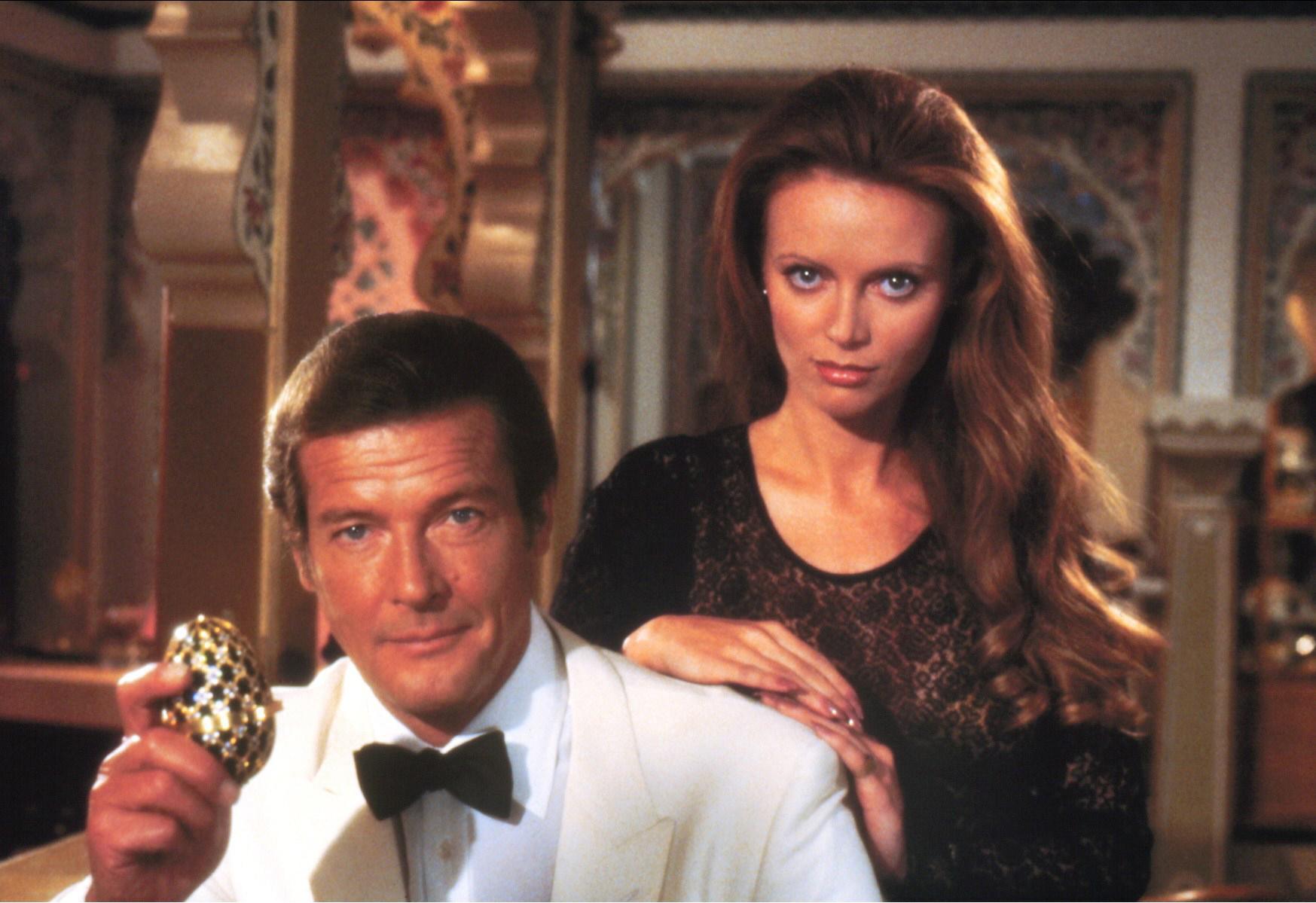The tale of Britain's 52 native orchids, and the 'maverick miscellany of amateur and professional naturalists, painters and writers' who champion them
Mark Griffiths celebrates the 52 species of native British orchids whose extraordinary history and unconventional beauty have beguiled and intrigued both scientists and amateurs.
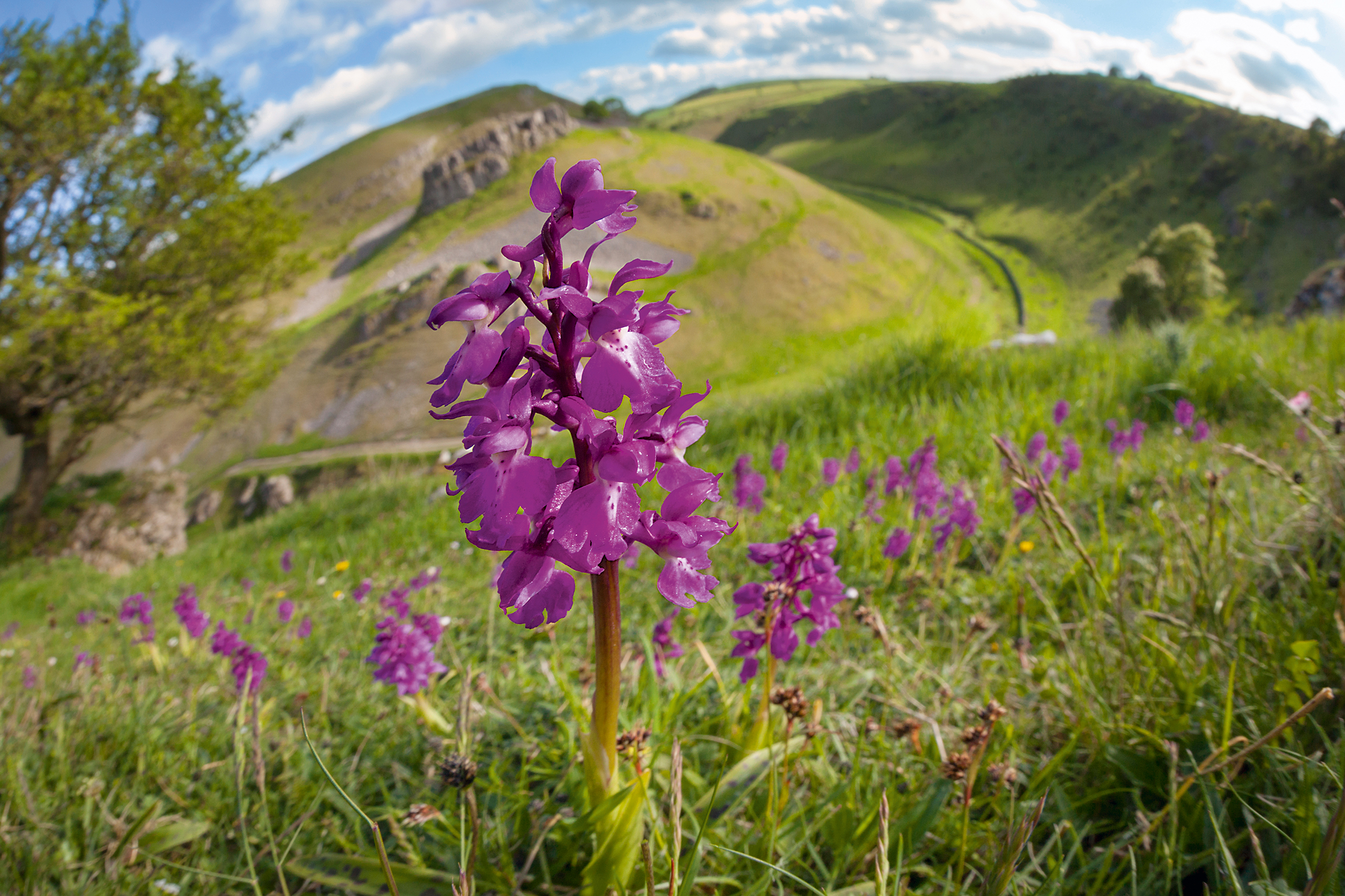
In Ian Fleming’s 1963 novel On Her Majesty’s Secret Service, James Bond visits M at his home, ‘a small Regency manor-house on the edge of Windsor Forest’. Entering the study, he finds his chief at a ‘painting-table up against the window, his broad back hunched over his drawing-board, with, in front of him, an extremely dim little flower in a tooth-glass full of water.’
Giving ‘the flower one last piercingly inquisitive glance’, M rises ‘with obvious reluctance’. He has been disturbed in the depths of his hobby: painting meticulous watercolours of one group of plants exclusively, ‘the wild orchids of England’ — one of the finest of British wildflowers.
M greets Bond with a tirade about the novels of Rex Stout, whose detective-protagonist Nero Wolfe keeps tropical orchids in a glasshouse on top of his New York brownstone: ‘“How in hell can a man like those disgusting flowers? Why, they’re damned near animals, and their colours, all those pinks and mauves and the blotchy yellow tongues, are positively hideous! Now that” — M waved at the meagre little bloom in the tooth-glass — “that’s the real thing. That’s an Autumn Lady’s Tresses — Spiranthes spiralis”.’
This is not ignorance. M, we soon discover, takes a scientific approach to his hobby, is in contact with Kew’s orchid specialists and keeps abreast of their research. He must know that the exotic exhibitionists on Wolfe’s roof are as much the real thing as the demure flower spike on his painting table; that they all belong to the Orchidaceae, a family of vast diversity and distribution that boasts a worldwide total of about 28,000 species and more than 169,000 horticultural hybrids. Nor does M’s preference for UK natives reflect his unreconstructed patriotism, as some recent commentators tut-tuttingly claim.
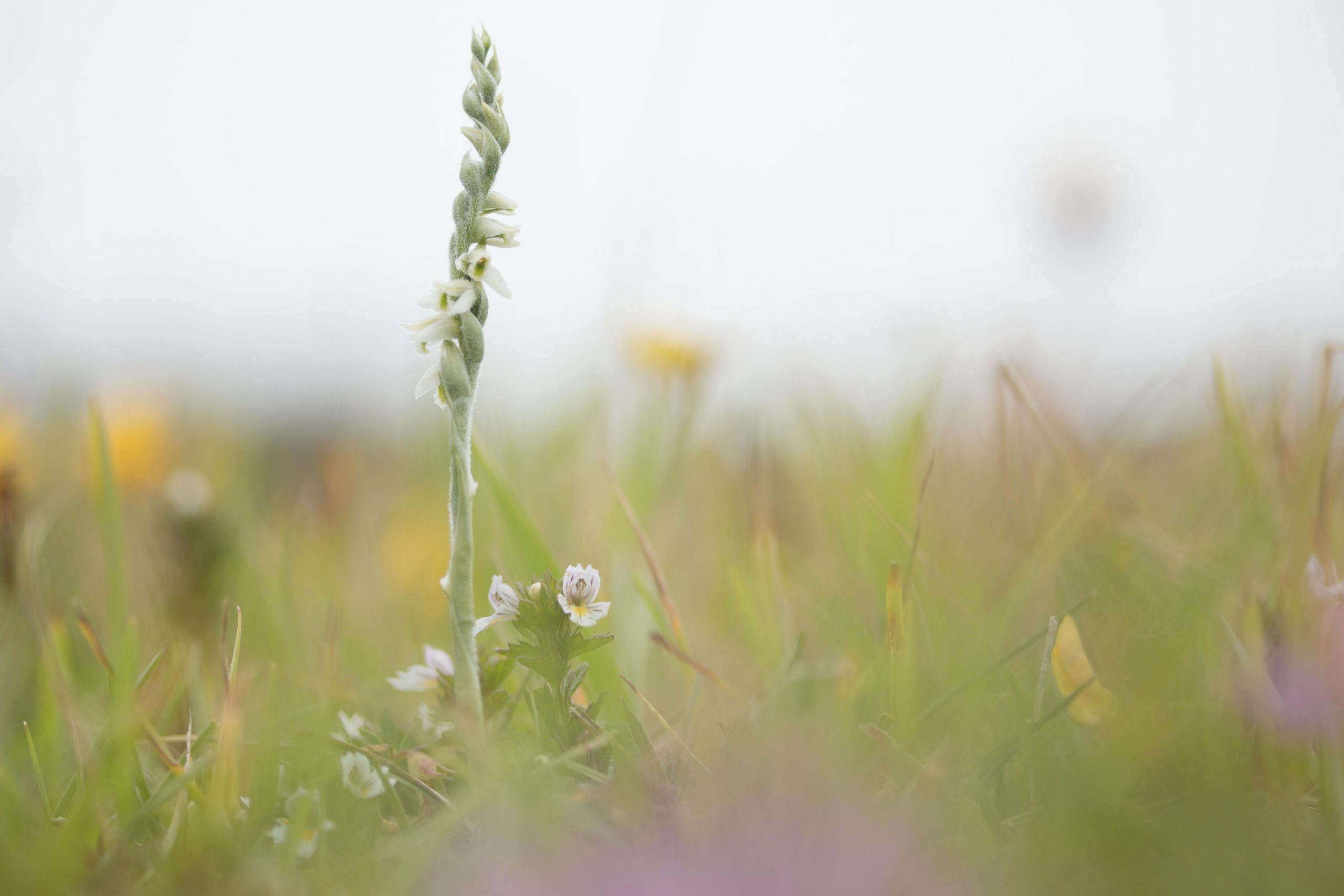
In 1963, the Establishment’s orchids of choice were still tropical or subtropical species and their hybrids — plants that had been identified with wealth, power, politics and Empire since the early 19th century, when spectacular introductions from overseas triggered Orchidmania and became the acme of British horticulture. In looks, Britain’s 52 native species couldn’t have been further from this elite extravaganza. Those who championed them were correspondingly non-conformist.
Fleming, who himself knew several devotees of British orchids, understood that he was not enrolling his spy-master in some league of floristic flag-wavers. Rather, they were a maverick miscellany of amateur and professional naturalists, painters and writers. Some revolutionised biology and conservation; many more were content simply to hunt, find and admire. None of them was blimpish, not even old warriors such as Col M. J. Godfery, supporter of natural selection and author of the splendid Monograph and Iconograph of Native British Orchidaceae (1933). The love of country that united them was a devotion to wild Britain as epitomised by her rarest and most remarkable plants.
Viewed historically, there’s some truth in M’s assertion that Spiranthes spiralis is ‘the real thing’. For many centuries, it and other British and Continental species were the only orchids we knew. Although less sensational than 19th-century Orchidmania’s plants, their impact on our lives and culture was far deeper.
Exquisite houses, the beauty of Nature, and how to get the most from your life, straight to your inbox.
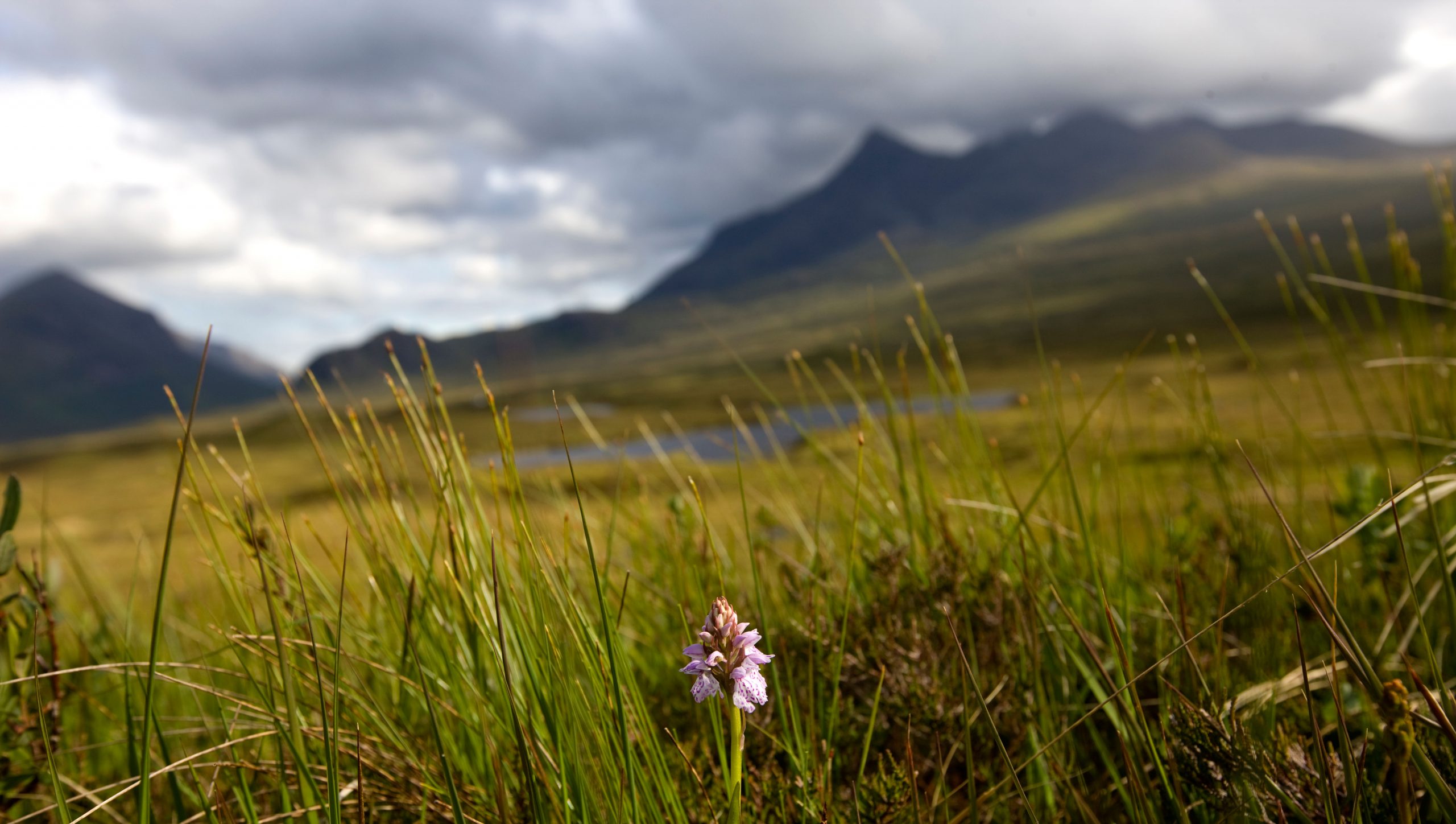
We recognised them as exceptional within our flora, and regarded their appearance and properties as nothing less than magical. They were the original orchids. It was to European species, UK natives included, that the Ancient Greeks first gave the name orkis or orchis.
The term means testicle and refers to the paired, spherical or ellipsoidal tubers characteristic, among British genera, of Orchis, Anacamptis, Neotinea, Himantoglossum, Ophrys, Platanthera, Spiranthes and Serapias. Across the Roman Empire, these were collected and consumed in the belief that they would enhance sexual potency and fertility. This same belief explains two other classical names for orchids — Satyrion and Priapiscus.
Although these uses probably continued through the Middle Ages, orchids are uncommon in medieval medicinal texts and their erotic powers hardly mentioned at all. The church, it seems, was responsible for this prudish-ness, which was resoundingly routed in the reign of Elizabeth I. All branches of the medical profession and the wider populace were then of a mind that our native orchids’ tubers were beneficial to sexual health and that there was no point in being coy about it.
In his Herball (1597), John Gerard, our earliest-known systematic orchid-hunter, revived anatomically explicit classical names, such as Cynosorchis (found in Pliny the Elder and literally meaning ‘dog’s testicles’). He also furnished English names, some of which were newly translated from the Latin; others were truly vernacular and collected — usually from women — in the course of his travels. In many of these, the genus epithet incorporated one or other of the Elizabethan synonyms for testicles: stones, cods, cullions, ballocks; for example, spotted dogs stones, greatest goates stones, foxestones, souldiers cullions, sweete ballocks and sweete cods.
Of M’s prize, Spiranthes spiralis, Gerard noted that it ‘is called in Latine Testiculus Odoratus: in English sweete smelling Testicles or Stones, not of the swetenes [pleasant perfume] of the rootes, but of the flowers… of our English women they be called Ladie traces’. At the time, these ‘traces’ were plaits, which this species’ spikes of spirally arranged flowers closely resemble. Via the later, looser variant lady’s tresses, the poetical precision of those sharp-eyed Elizabethan country women has been lost.
Even more wonderful in our eyes than their macho nether regions was the talent for mimicry displayed by the flowers of British orchids. Gerard, again, was the first to detail these resemblances in English. The flowers of his Tragorchis maximus, also known as the greatest goates stones, are ‘like unto a lizard, because of the twisted or writhen tailes and spotted heads’. This species, now called Himantoglossum hircinum, was duly renamed the lizard orchid. Foxestones (Ophrys, mainly) have flowers in ‘the shape of sundrie sorts of living creatures; some the shape and proportion of flies; in other gnats; some humble bees; others like unto honie bees; some like butterflies; and others like waspes that be dead’.
The flowers of ‘butterflie satyrion’ (Platanthera chlorantha) resemble ‘the shape or forme of a small bird readie to flie, or a white butterflie with hir winges spread abroad’. Thus began the naming of orchids according to their guises and a list that now includes lady, monkey, man, soldier (military), lizard, frog, greater butterfly, lesser butterfly, bee, wasp, fly, early spider, late spider, ghost, bird’s nest, coral-root, lady’s slipper and lady’s tresses.

In an age much influenced by Ovid’s Metamorphoses, this prodigious shape-shifting, between vegetable and animal, conferred a preternatural mystique on orchids. Tubers were still used for aphrodisiacs, among them salep, a warm milky drink that sounds more conducive to torpor than turgor. Apart from those casualties, we treated orchids with studious reverence over the next 200 years, adding discoveries to their number and posing questions about their biology that would not be answered until the 20th century.
So things went, peacefully, until the spectacular rise of popular botany. December 1790 saw the publication of the first instalment of English Botany, or Sowerby’s Botany, as it became known, after its founder, publisher and illustrator James Sowerby. A pictorial part-work, it was soon enjoying immense success and making converts to the study of England’s flora at all ranks of society. This was, of course, a splendid thing — but not always for the flowers. The subject chosen for the very first of what, ultimately, would be 2,592 plant illustrations was Cypripedium calceolus. The lady’s slipper orchid, explained the text, was ‘the queen of all the European Orchideae’, ‘admired and cherished by the scientific botanist’ and ‘among gardeners always… sold at the highest price’. In the wild, it ‘is confined to some remote and little frequented woods in the North of England. In a garden, [it] is cultivated with more ease than many of its tribe’.
Not that Sowerby would have wished it, but his Botany’s popularity created a demand that Nature could never sustain. Within a century, C. calceolus was nearing extinction in its wild British habitats and numerous other species seemed doomed to follow it. The problem was not only the collecting of whole plants, but the picking of flowers for pressing and painting (M’s Spiranthes, by the way, is conservation-friendly, from a specimen cultivated at Kew). Orchid populations can’t withstand much plucking, or being trampled by tourists, come to that.

The next threat was land enclosure, which destroyed many orchid habitats. English literature’s most moving references to our native species occur in the letters and poems John Clare wrote pleading for their imperilled haunts. In I’ve Loved thee Swordy Well, which dates from the 1820s, he addresses an old quarry near Helpston that is endangered by enclosure, a place where he played in childhood and still loves to botanise:
And hunt the orchis tribes where nature’s skill Doth like my thoughts run into phantasys Spider and Bee all mimicking at will Displaying powers that fools the proudly wise Showing the wonders of great nature’s plan In trifles insignificant and small Puzzling the power of that great trifle man Who finds no reason to be proud at all.
Here, spider and bee are being mimicked by the flowers of Ophrys, a genus that features prominently in Charles Darwin’s On the Various Contrivances by which British and Foreign Orchids are Fertilised by Insects (1862). This great monograph placed British Orchidaceae under the lens of the world’s biologists. As Darwin admitted, he knew of no better examples of adaptation and natural selection than these plants among which he walked every day. But he was defeated by the purpose of their most obvious contrivance, the mimicry of bees and wasps. It was not until the next century that two amateur botanists, Godfery and Frenchman Maurice-Alexandre Pouyanne, showed that the insects were attempting to mate with these flowers, having been duped by their shapes, colours, textures and even by their faux-pheromonal scents.
This astonishing strategy, which was all about ensuring cross-pollination, was named pseudocopulation.
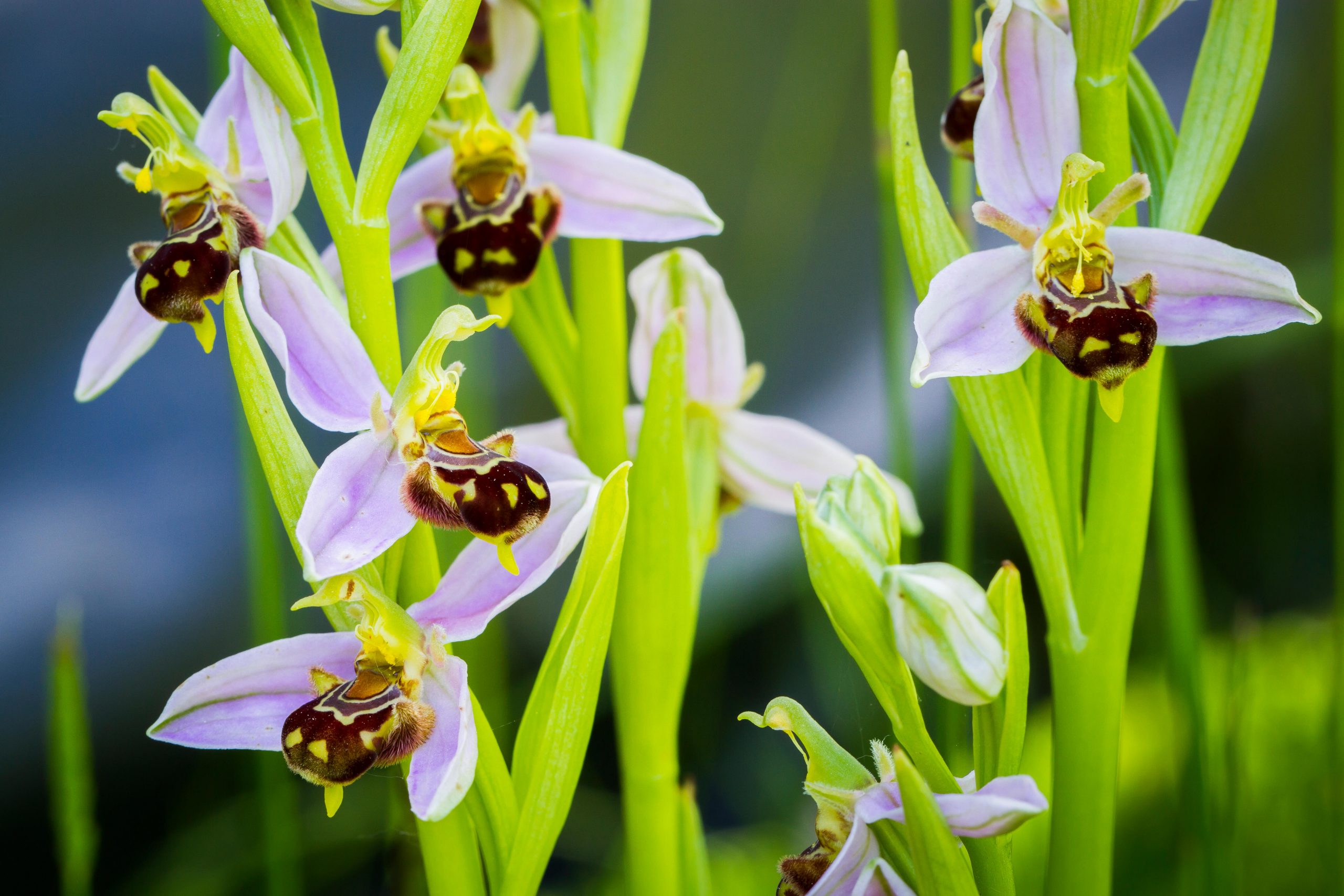
How I wish John Ruskin had lived long enough to hear the term. It would have given him apoplexy. In Proserpina (1875–86), he set out to protect innocent girls from obscene words such as Orchis in Sowerby and details of floral fornication in Darwin. He suppressed ‘orchid’ altogether, replacing it with ‘ophryd’, which he adapted from Ophrys in the belief that it was entirely free of sexual associations.
In the 20th century, British orchids inspired outstanding creative writing, as well as natural history. Jocelyn Brooke produced both in the ‘Orchid Trilogy’ and The Wild Orchids of Britain, between 1948 and 1950. For me, the masterpiece is a factual volume written by the botanist whom M describes as ‘the orchid king at Kew’. This was Fleming’s acquaintance Victor Summerhayes, who retired from the Royal Botanic Gardens in 1964 after four decades in charge of its orchid herbarium.
In that role, he had collected, curated and classified any and all of the world’s Orchidaceae, but our native species were his private passion, one that he made public in his beautiful book Wild Orchids of Britain (1951), one of the most successful in the ‘New Naturalist’ series. Issued in 1968, the second, expanded edition ranks among the most important works of British natural history.
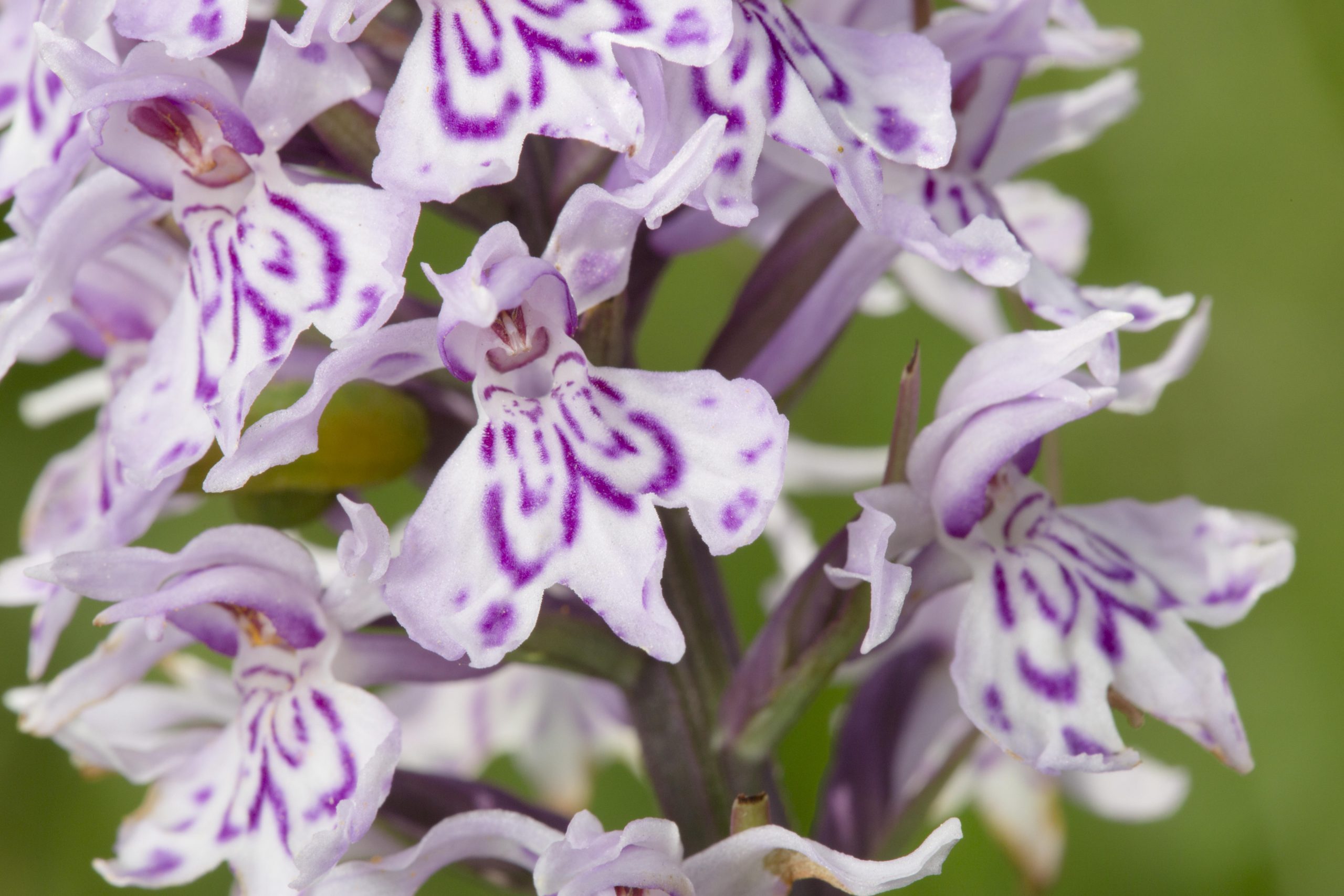
In it, Summerhayes examined the plight of our orchids, many of which were succumbing to changes in land use and farming practices. He argued that the best way to protect them was by safeguarding their haunts. By the early 1970s, when I was botanising away my boyhood with this book in my satchel, we were moving into an enlightened era of Nature conservancy where the discovery of a wild orchid was sufficient to secure the land and life that surrounded it. Although the public could not always be relied upon to judge a marsh or wood worth saving for its own sake, they had little difficulty grasping an orchid’s charisma and rarity and declaring its habitat sacrosanct.
Having been propagated at Kew and reintroduced to the wild, the lady’s slipper is beginning to flourish again in its native haunts. Clare’s Swordy Well — properly, Swaddywell Pit — is now a nature reserve where bee orchids thrive once more. Lovingly neglected, our roadsides and roundabouts pulse with pink pyramidal orchids. Thanks to Summerhayes and his friends and disciples, M’s real thing is no longer for his eyes only.

Climbing Ben Stack: A perfect, conical mountain whose paths are adorned with bluebells, violets and orchids
Fiona Reynolds takes time out during a trip to Scotland to climb one of its most beautiful little peaks: Ben
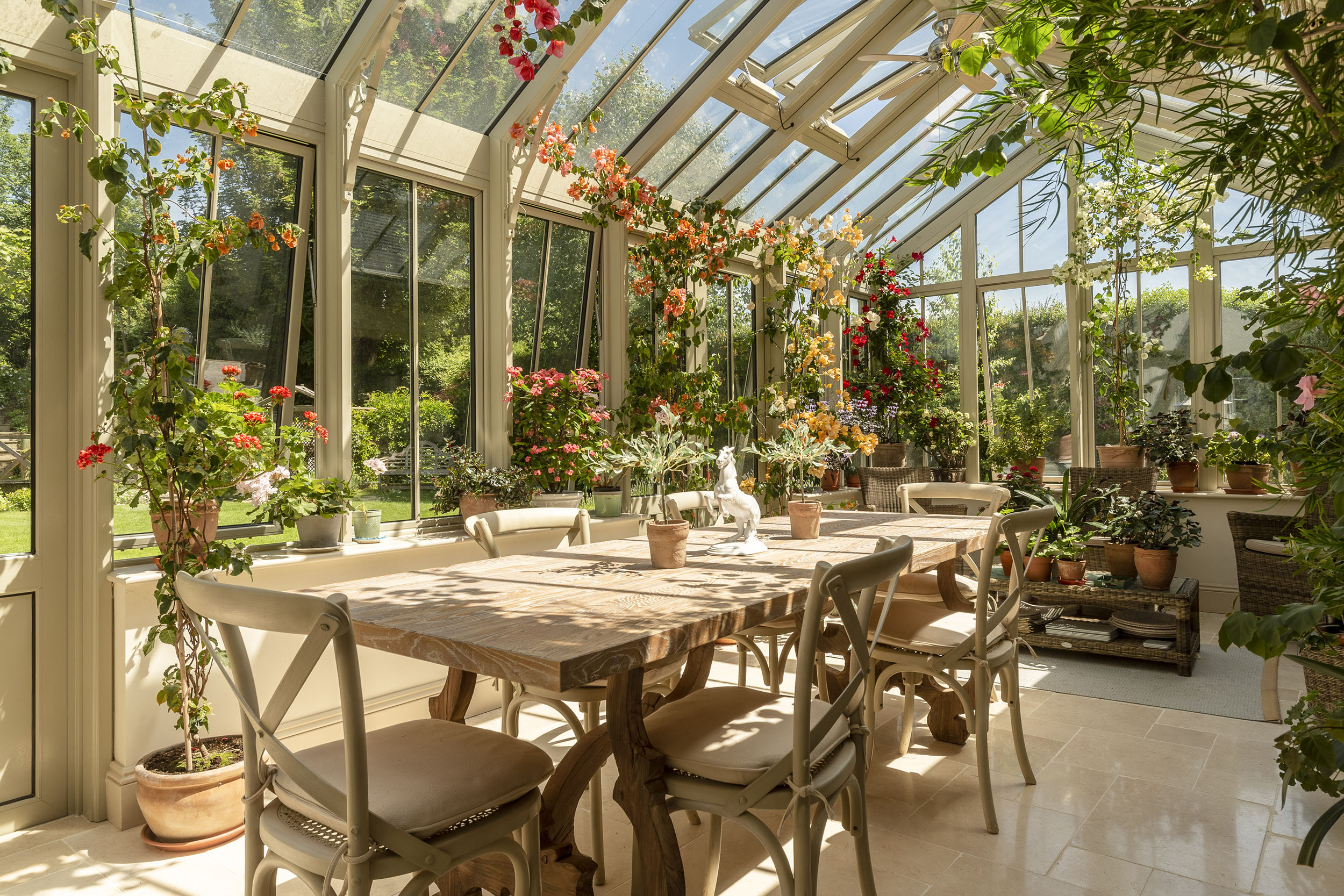
Credit: Chris Warren / Marston and Langinger
What to grow in a conservatory, from cacti and succulents to orchids and herbs
Conservatories are once again being used for cultivating and enjoying plants. Amelia Thorpe reports on a growing trend.
